In today’s world, where environmental concerns are increasingly at the forefront, the concept of eco-friendly home designs has gained significant traction. These sustainable solutions not only contribute to a healthier planet but also offer numerous benefits to homeowners. Let’s delve into the world of eco-friendly home designs and explore the key features, popular options, and the importance of implementing sustainable solutions.
Importance of Sustainable Solutions
The below-mentioned points explain the importance of eco-friendly home designs.
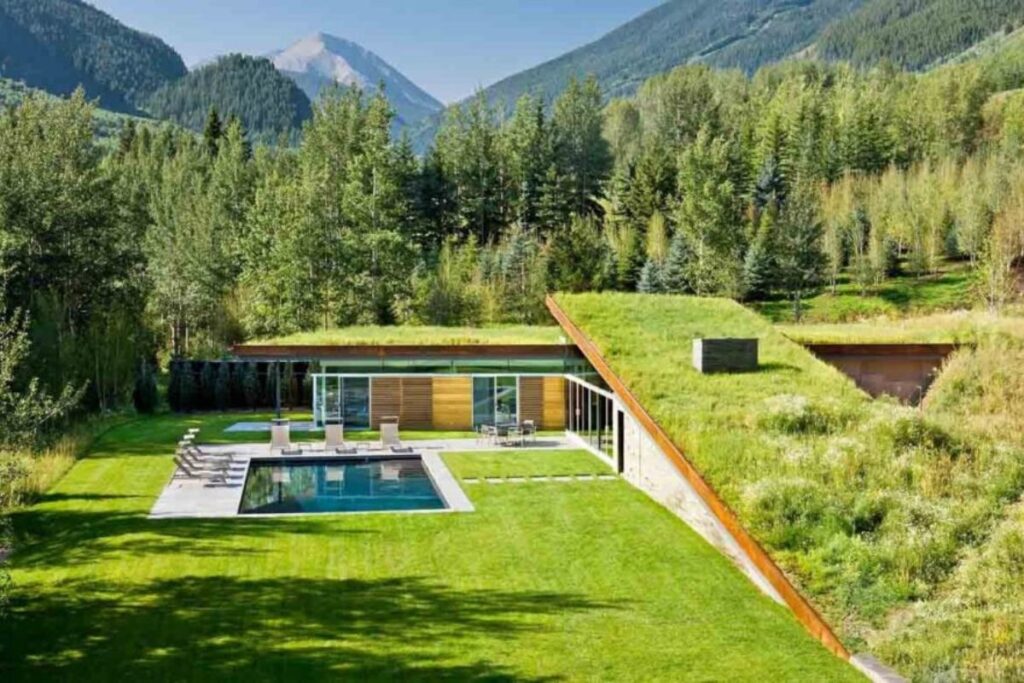
Environmental Benefits
Eco-friendly home designs prioritize environmental sustainability by reducing carbon footprint and minimizing waste. By incorporating renewable energy sources and efficient appliances, these homes consume less energy and produce fewer greenhouse gas emissions, thus helping combat climate change.
Cost Savings
Apart from environmental benefits, sustainable home designs also offer long-term cost savings. Features such as energy-efficient appliances, solar panels, and proper insulation can significantly lower utility bills over time, making eco-friendly homes financially viable investments.
Key Features of Eco-Friendly Homes
Let’s explore some ideas for eco-friendly home designs.
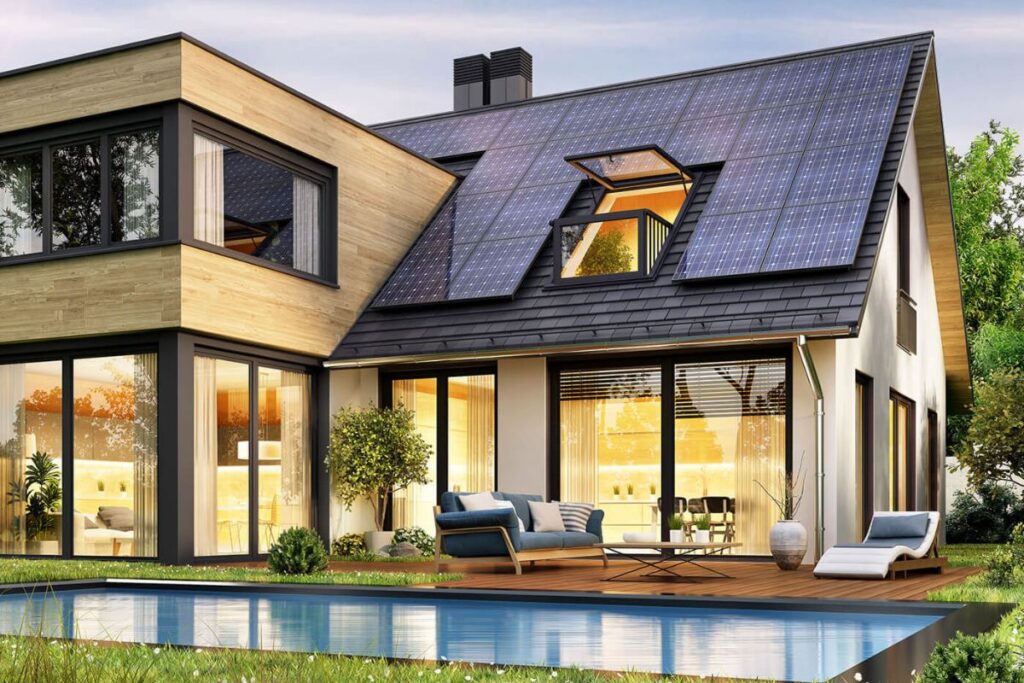
Energy Efficiency
One of the primary features of eco-friendly homes is their focus on energy efficiency. This includes using high-quality insulation, energy-efficient windows, and appliances with low energy consumption ratings. Additionally, incorporating passive solar design principles helps harness natural sunlight for heating and lighting, further reducing the need for artificial energy sources.
Water Conservation
Another crucial aspect of sustainable home design is water conservation. Eco-friendly homes utilize technologies such as low-flow fixtures, rainwater harvesting systems, and drought-resistant landscaping to minimize water usage. These practices not only reduce water bills but also contribute to the conservation of this precious resource.
Use of Sustainable Materials
Eco-friendly home designs prioritize the use of sustainable and non-toxic building materials. From bamboo flooring to recycled metal roofing, these materials are sourced responsibly and have minimal environmental impact. Incorporating reclaimed wood and recycled materials also adds character and uniqueness to the home.
Popular Eco-Friendly Home Designs
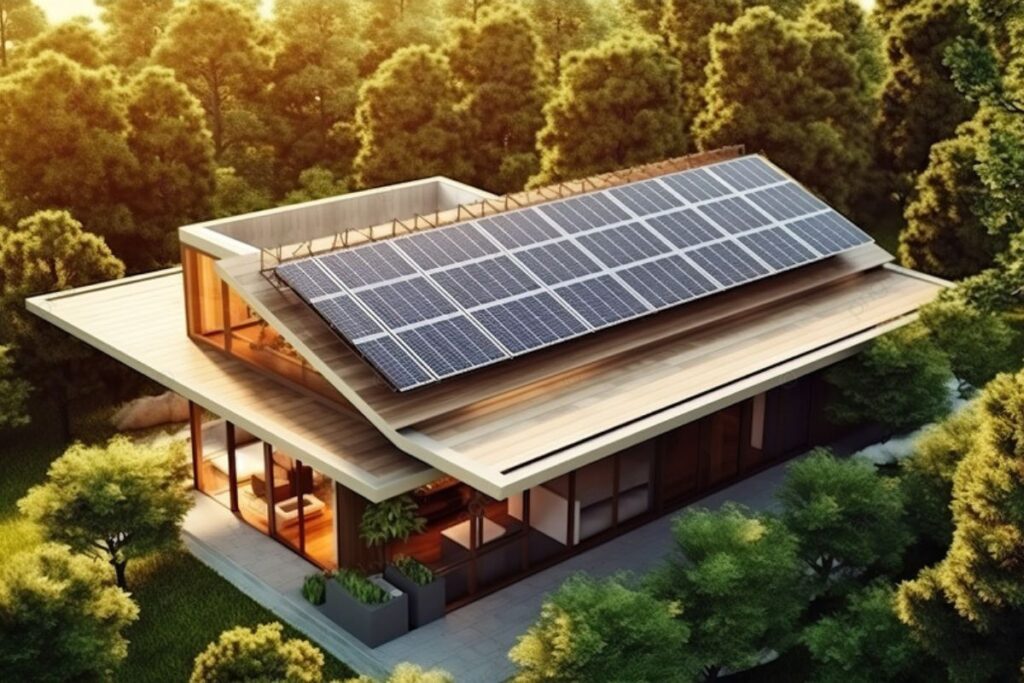
Passive Solar Homes
Passive solar homes are designed to maximize the use of natural sunlight for heating and lighting, minimizing the need for artificial energy sources. Features such as south-facing windows, thermal mass, and shading devices optimize solar gain while maintaining comfortable indoor temperatures year-round.
Green Roofs
Green roofs, also known as living roofs, are becoming increasingly popular in eco-friendly home design. These roofs are covered with vegetation, providing insulation, reducing stormwater runoff, and improving air quality. Green roofs also create habitats for wildlife and contribute to urban biodiversity.
Tiny Houses
Tiny houses are a minimalist and eco-friendly housing option that promotes simple living and reduced consumption. These compact dwellings are often built using sustainable materials and incorporate space-saving features to maximize efficiency. Tiny houses are not only environmentally friendly but also offer financial freedom and mobility to homeowners.
Earth-Sheltered Homes
Earth-sheltered homes utilize the natural insulation properties of the earth to maintain stable indoor temperatures year-round. By integrating the home into the surrounding landscape, these homes minimize energy consumption for heating and cooling, making them highly sustainable and energy-efficient.
Implementing Sustainable Solutions in Home Design
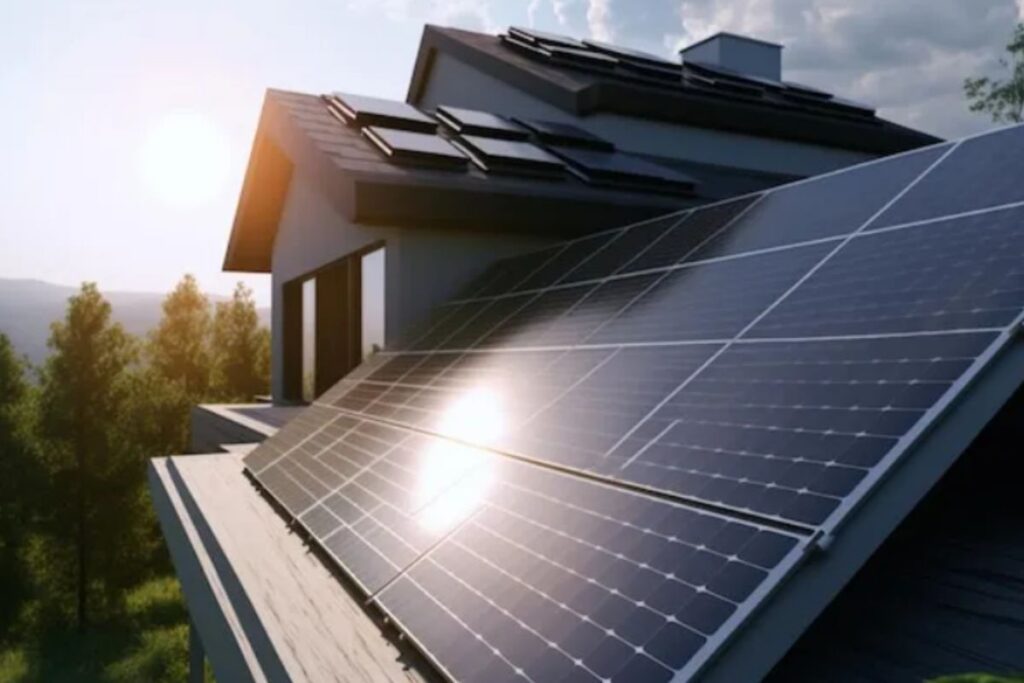
Solar Panels
Installing solar panels is one of the most effective ways to harness renewable energy and reduce reliance on fossil fuels. Solar panels convert sunlight into electricity, powering the home’s appliances and reducing utility bills. With advancements in technology and decreasing costs, solar energy has become more accessible to homeowners.
Rainwater Harvesting Systems
Rainwater harvesting systems collect and store rainwater for various household uses, such as watering gardens, flushing toilets, and washing clothes. By capturing rainwater, homeowners can reduce their dependence on municipal water supplies and lower water bills. Rainwater harvesting also helps mitigate stormwater runoff and replenish groundwater resources.
Natural Ventilation
Proper ventilation is essential for maintaining indoor air quality and reducing the need for mechanical cooling systems. Eco-friendly homes utilize natural ventilation strategies such as cross-ventilation, operable windows, and clerestory windows to promote airflow and cooling. This not only improves comfort but also reduces energy consumption and costs.
Challenges and Solutions in Eco-Friendly Home Design
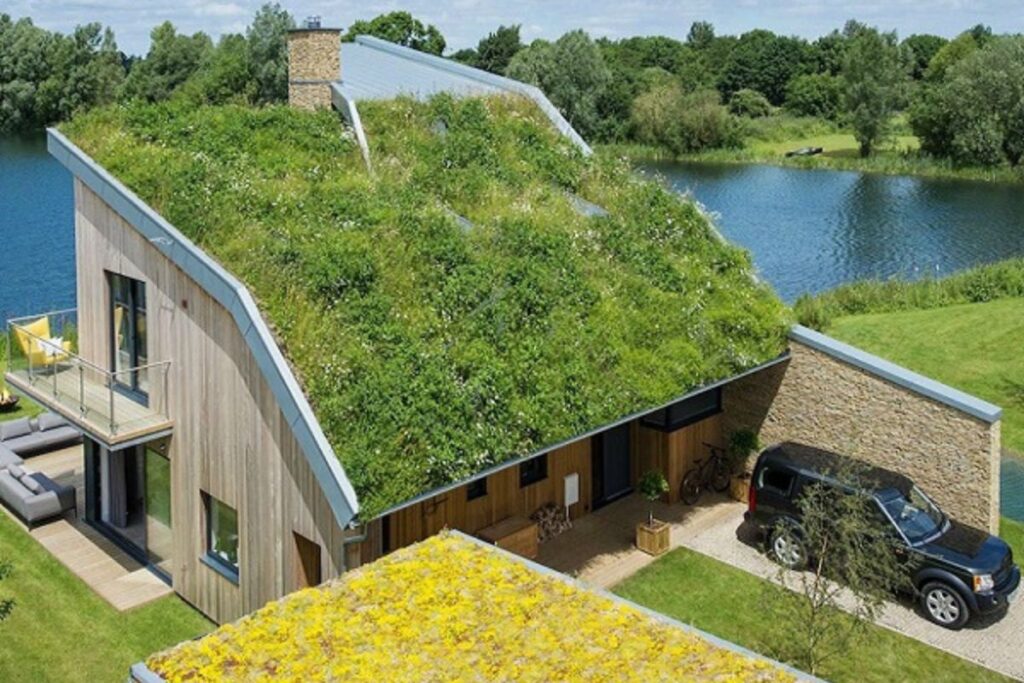
Initial Costs
One of the main challenges of eco-friendly home design is the higher initial costs compared to conventional homes. However, these upfront investments are often offset by long-term savings on energy and maintenance costs. Additionally, government incentives and financing options are available to make sustainable home upgrades more affordable.
Lack of Awareness
Another challenge is the lack of awareness among homeowners about the benefits of eco-friendly home designs. Educating the public about sustainable building practices and their environmental and financial advantages is crucial for widespread adoption. Outreach programs, green building certifications, and media campaigns can help raise awareness and promote eco-friendly living.
Policy Support
Policy support plays a significant role in driving the adoption of eco-friendly home designs. Governments can incentivize sustainable building practices through tax credits, rebates, and building codes that promote energy efficiency and environmental conservation. By creating a supportive regulatory environment, policymakers can accelerate the transition to a more sustainable built environment.
Conclusion
Eco-friendly home designs offer sustainable solutions for addressing environmental challenges while providing homeowners with numerous benefits, including cost savings and enhanced comfort. By incorporating energy-efficient features, utilizing sustainable materials, and embracing innovative technologies, eco-friendly homes pave the way towards a greener and more resilient future.
FAQs
Are eco-friendly homes more expensive to build than conventional homes?
While the initial costs of eco-friendly homes may be higher, they often result in long-term savings on energy and maintenance expenses, making them financially viable investments.
What are some examples of sustainable materials used in eco-friendly home design?
Sustainable materials commonly used in eco-friendly home design include bamboo, recycled wood, reclaimed metal, and low-VOC paints.
How can I make my existing home more eco-friendly?
You can make your existing home more eco-friendly by incorporating energy-efficient appliances, improving insulation, installing solar panels, and adopting water-saving fixtures and practices.
Are there any government incentives available for eco-friendly home upgrades?
Yes, many governments offer incentives such as tax credits, rebates, and grants for implementing eco-friendly home upgrades, including solar panels, energy-efficient appliances, and insulation.
What are the environmental benefits of living in an eco-friendly home?
Living in an eco-friendly home reduces carbon footprint, minimizes waste generation, conserves natural resources, and promotes biodiversity, contributing to a healthier planet for future generations.







